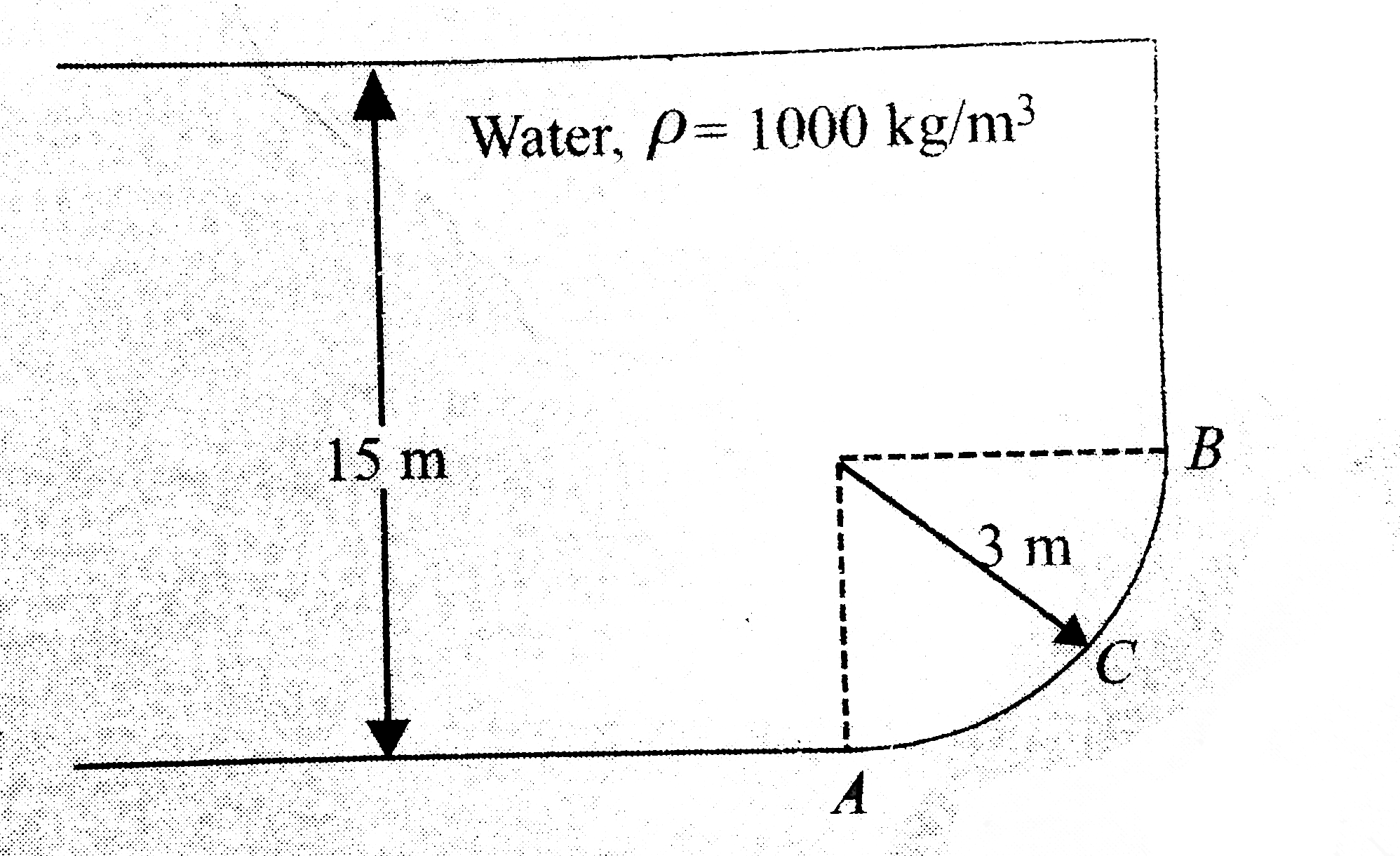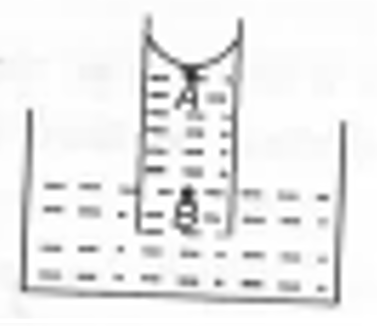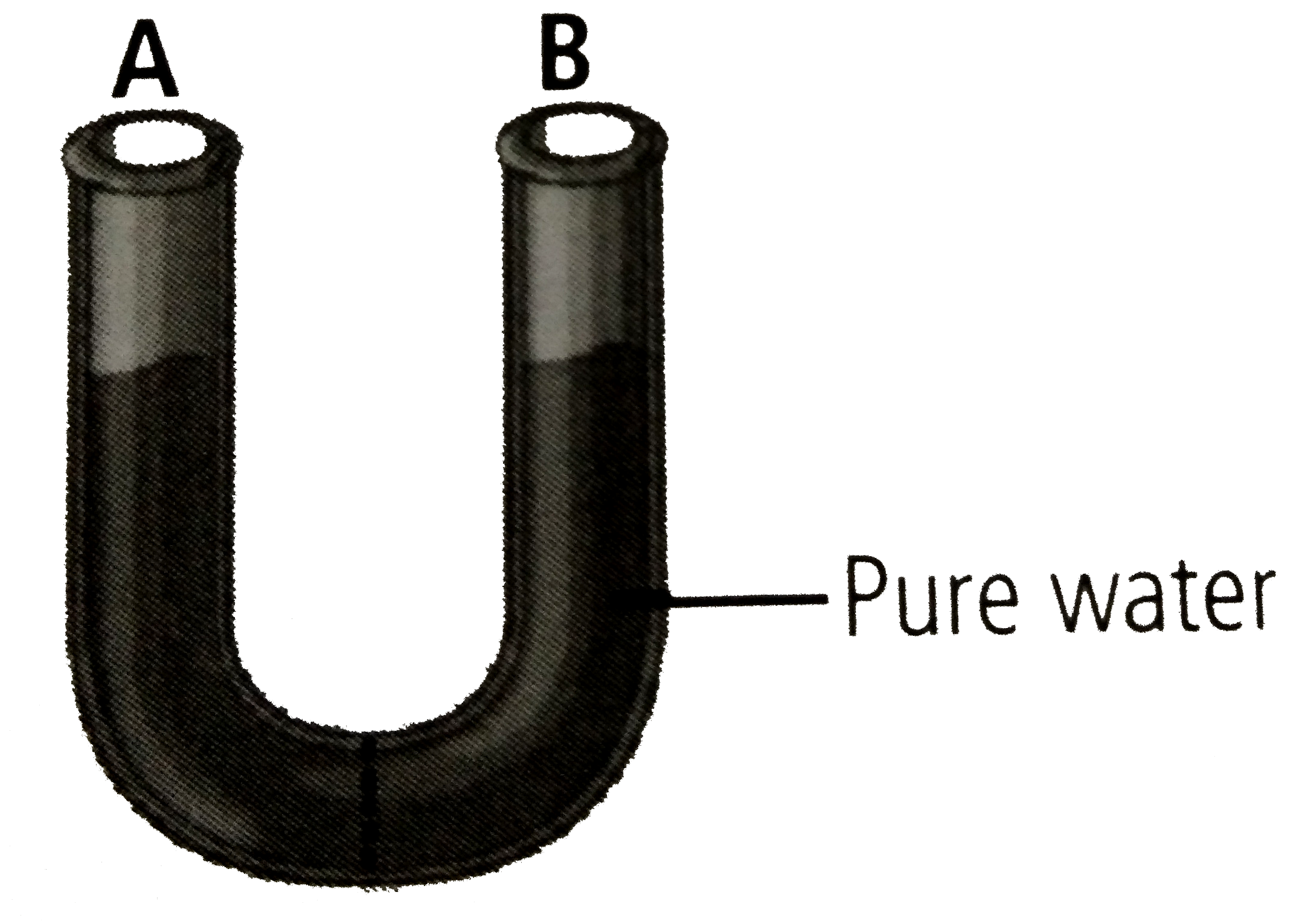As water moves into the cell from outside, the hydrostatic pressure Ψp_ _and this results in an
Increases, increased Ψwof the cell
Decreases, increased Ψw of the cell
Increases, decreased Ψw of the cell
Decreases, decreased Ψw of the cell
The correct Answer is:A
Step-by-Step Solution:
1. Understanding Water Movement: When water moves into a cell from the surrounding environment, it enters through the cell membrane. This process is known as osmosis.
2. Hydrostatic Pressure: As water enters the cell, it increases the volume of the cell's contents. This increase in volume creates pressure against the cell wall, known as hydrostatic pressure or pressure potential (Ψp).
3. Effect on Hydrostatic Pressure: The hydrostatic pressure (Ψp) increases as more water enters the cell. This is because the water molecules exert pressure on the cell wall as they accumulate inside the cell.
4. Water Potential: Water potential (Ψ) is a measure of the potential energy in water and is influenced by both solute potential (Ψs) and pressure potential (Ψp). The formula for water potential is:
Ψ=Ψs+Ψp
As the pressure potential (Ψp) increases due to the influx of water, it affects the overall water potential.
5. Change in Water Potential: When the hydrostatic pressure increases, the pressure potential (Ψp) contributes positively to the water potential (Ψ). Therefore, the overall water potential of the cell increases.
6. Conclusion: As a result of the increased hydrostatic pressure from the influx of water, the water potential of the cell increases.
Final Answer:
As water moves into the cell from outside, the hydrostatic pressure increases, and this results in an increased water potential of the cell.
Ψ=Ψs+Ψp
As the pressure potential (Ψp) increases due to the influx of water, it affects the overall water potential.
As water moves into the cell from outside, the hydrostatic pressure increases, and this results in an increased water potential of the cell.
Topper's Solved these Questions
- TRANSPORT IN PLANTS BOOK - VMC MODULES ENGLISHCHAPTER - TRANSPORT IN PLANTS EXERCISE - IN-CHAPTER EXERCISE-C
10 Videos
- TRANSPORT IN PLANTS BOOK - VMC MODULES ENGLISHCHAPTER - TRANSPORT IN PLANTS EXERCISE - IN-CHAPTER EXERCISE-D
10 Videos
- TRANSPORT IN PLANTS BOOK - VMC MODULES ENGLISHCHAPTER - TRANSPORT IN PLANTS EXERCISE - IN-CHAPTER EXERCISE-A
10 Videos
- THE LIVING WORLD BOOK - VMC MODULES ENGLISHCHAPTER - THE LIVING WORLD EXERCISE - CHAPTER EXERCISE-D
9 Videos
Similar Questions
Water is retained by a curved gate AB. Compute the horizontal and vertical component of the resultant of the hydrostatic pressure dsitribution on the gate AB, which is a quarter of a cylinder. Assume that the gate is 4m wide.

View SolutionA capillary tube is dipped in water as shown in the figure. If P0 is the atmospheric pressure, PA and PB are pressure at A and B respectively then

View Solution
Knowledge Check
Given figure shows U−shaped tube with two hands A and B separated by a semi-permeable membrane

(i) Adding solute to the right side lowers the value of Ψs Causing water to move to the right side of the tube.
(ii) Applying positive pressure to the left side decreases the vaule of Ψρ causing water to move to the right side of the tube.
(iii) Applying negative pressure to the left side decreases the value of Ψρ causing water to move to the right side of the tube.
Which of the above statements is/are true?A(i) and (ii)B(i) onlyC(iii)onlyD(i),(ii) and (iii)Which of the following is true/false regarding transport of substances in plants ?
(i) Mass flow is the movement of substances in bulk as a result of pressure difference
(ii) Bulk flow is achieved only through a positive hydrostatic pressure gradient
(iii) The apoplast system is the system of interconnected protoplasts
(iv) Most of the water flow in the roots occurs via the apoplast since the cortical cells are loosely packed, and offer no resistance to water movement.Aa) (i) and (iv) are true , (ii) and (iii) are falseBb) (i) and (ii) are true , (iii) and (iv) are falseCc) (ii) and (iii) are true , (i) and (iv) are falseDd) (i), (ii) and (iv) are true , (iii) is false
Water is absorbed from outside solution only when it is
View SolutionStudy the given figure of water movement in the leaf and mark the correct series of pressure gradient that occurs during transpiration.

(I) Pressure gradient between the outside air and th air spaces of the leaf.
(II) Pressure gradient between photosynthetic cells and on the water filled xylem in the leaf vein.
View SolutionAssertion : Loss of water produces a negative hydrostatic pressure.
Reason : Positive hydrostatic pressure is developed due to osmotic entry of water into it.
View SolutionGive a scientific term for
The hydrostatic pressure developed inside the cell on the cell wall due to endosmosis
View SolutionWhen water moves out from cell then it is first lost from the (A)_____ and then from the (B)_____
View SolutionWhich of the following statements is/are incorrect?
(i) Water and minerals, and food are generally moved by a mass or bulk flow system.
(ii) Bulk flow can be achieved either through a positive hydrostatic pressure gradient or a negative hydrostatic pressure gradient.
(iii) The bulk movement of substances through the conducting tissues of plants is called translocation.
(iv) Xylem translocates organic and inorganic solutes, mainly from roots to the aerial parts of the plants.
(v) Phloem translocates water, mineral salts, some organic nitrogen and hormones, from the leaves to other parts of the plants.
View Solution